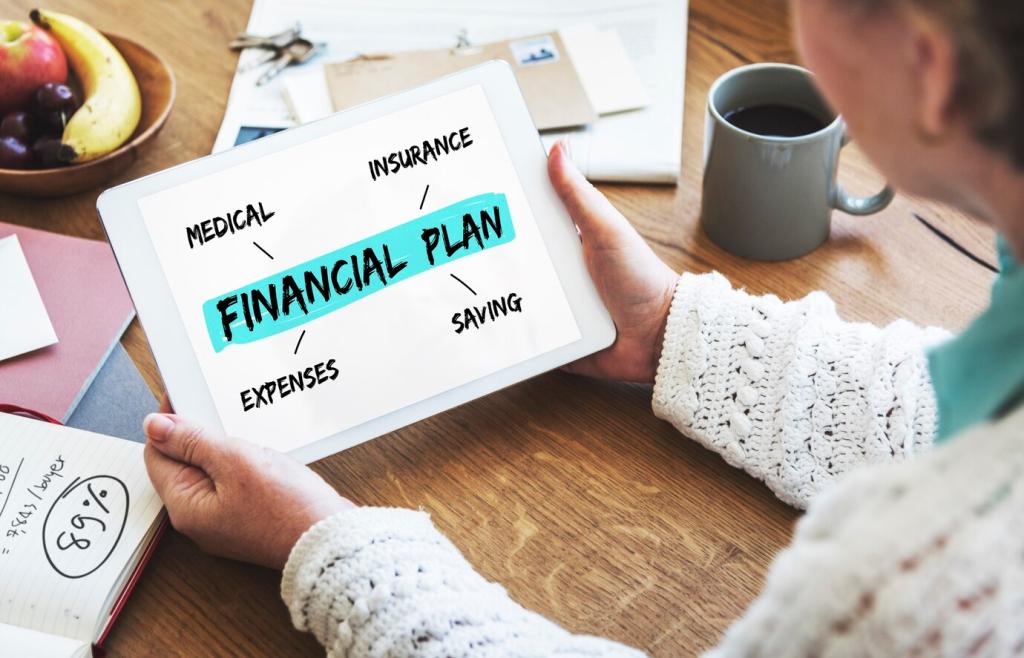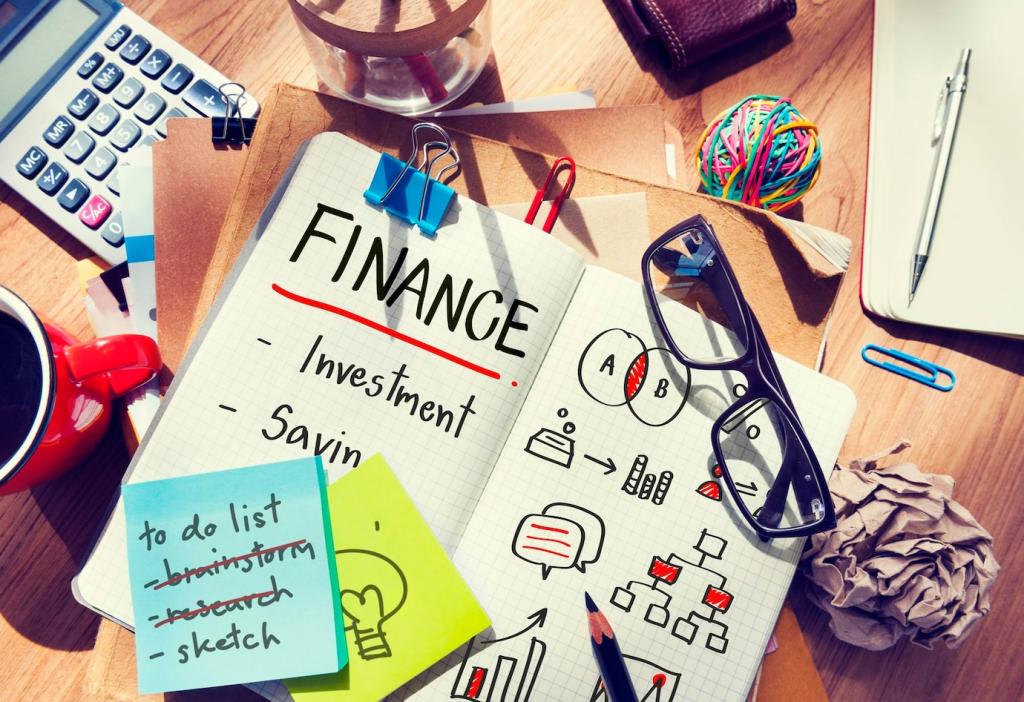Build It Faster: Tactics for Any Budget
Commit to a daily micro-deposit, even a few dollars, and watch the streak grow. Pair it with a habit you already do—after morning coffee, transfer a set amount. Visibility matters, so track on a calendar or app. Momentum builds identity: you become someone who always pays tomorrow’s problems today.
Build It Faster: Tactics for Any Budget
Decide your split rule before money arrives: for example, 60% to your emergency fund, 20% to debt, and 20% to joy. Tax refunds, bonuses, and gifts can leapfrog months of saving when directed intentionally. Post your chosen split so you’ll be less tempted to drift when unexpected cash appears.








